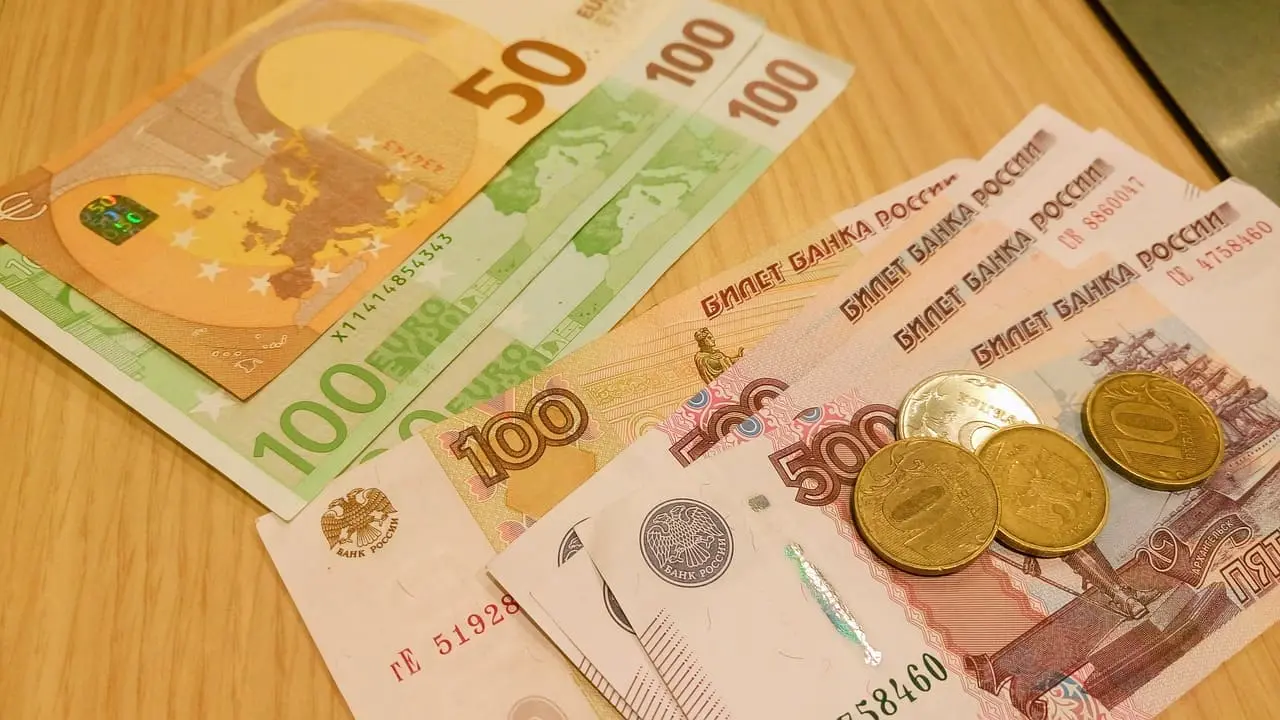In the wake of wartime upheaval and labor shortages stemming from the conflict, Russia finds itself grappling with a unique economic phenomenon: soaring wages that outpace inflation. Anton Kotyakov, Russia’s Minister of Labor and Social Protection, disclosed that real wages in Russia, excluding inflation, surged by 7.6% in the first 11 months of 2023, marking a notable 33.2% increase over the span of six years, as reported by TASS state news agency on Friday.
This official data aligns with a Bloomberg analysis released in January, indicating that wages in the private sector of Russia escalated by 8% to 20% throughout the preceding year.
The robust wage growth can be attributed to the labor crunch experienced in Russia post-war, characterized by a significant brain drain and a substantial number of men being deployed to the frontlines.
These wage dynamics unfold against the backdrop of Russia’s invasion of Ukraine nearly two years prior, triggering widespread sanctions imposed by Western nations on President Vladimir Putin’s administration.
Despite the prolonged conflict in Ukraine, Russia’s economy exhibits resilience, fueled by a blend of wartime expenditures and government subsidies.
However, the buoyant economic conditions have also stoked inflationary pressures. With inflation reaching nearly 12% in 2022 and 7.4% in 2023, concerns arise about the economy running excessively hot.
Of particular concern are the soaring egg prices, surging by over 40% in the year leading up to November, prompting an unusual apology from Putin, who faces reelection in March.
Elvira Nabiullina, Russia’s central bank chief, issued a cautionary note in December, warning of the peril of economic overheating. In response, she implemented interest rate hikes, raising them to 16% to mitigate the risk.
Drawing an analogy, Nabiullina likened the economy to a car, cautioning against pushing it beyond its limits, lest it overheats prematurely, curtailing the journey’s duration.









Leave a Reply